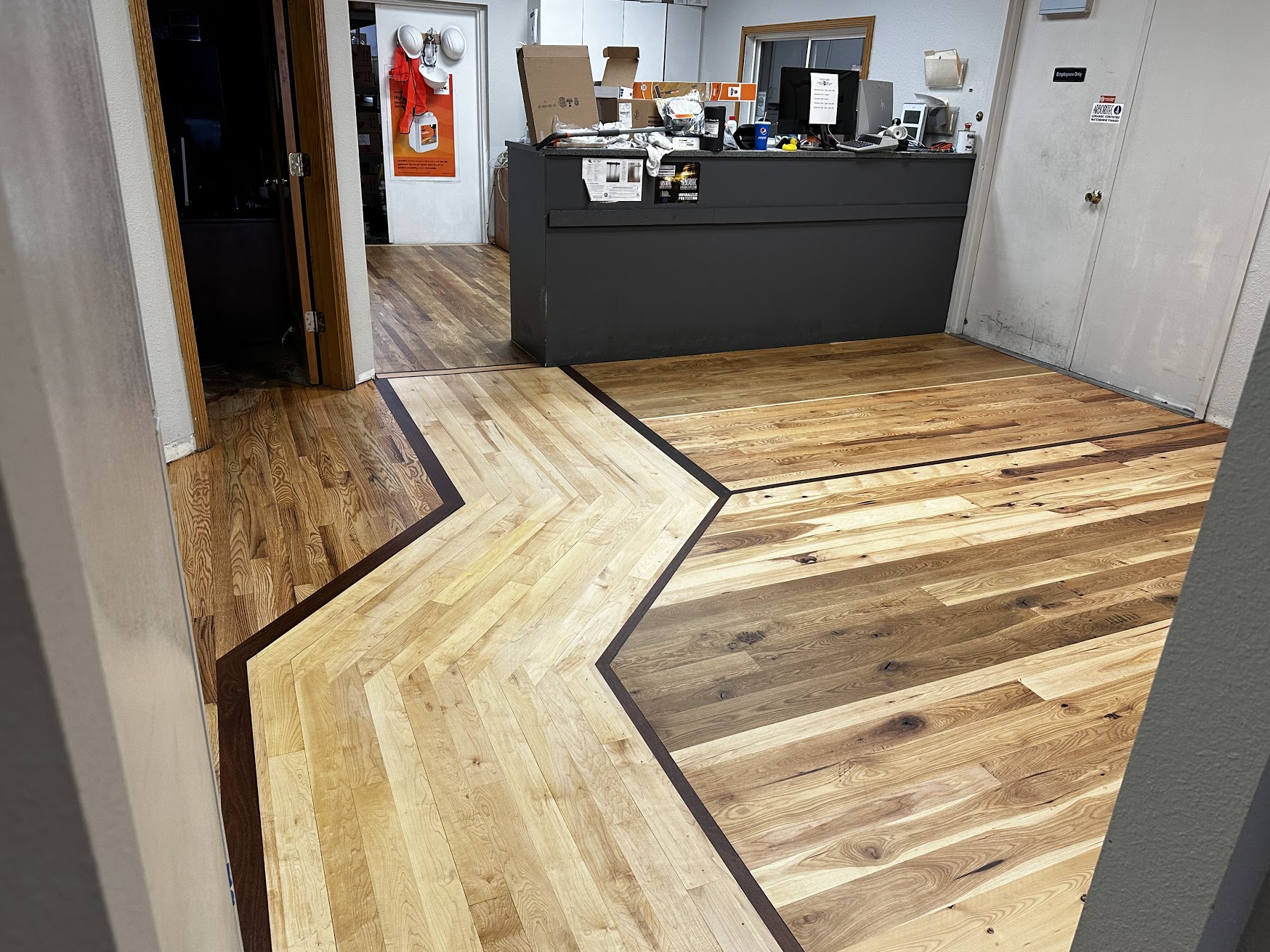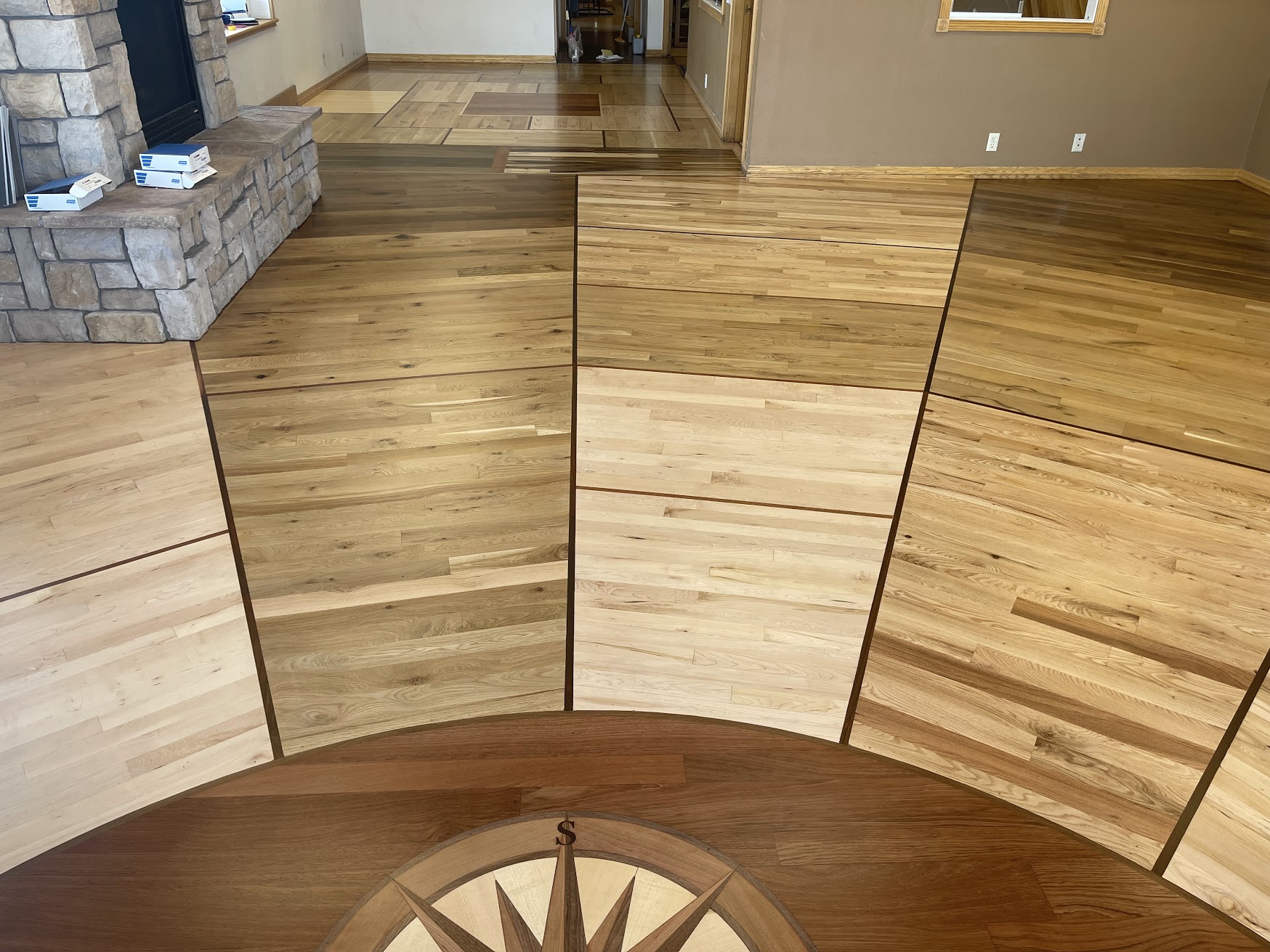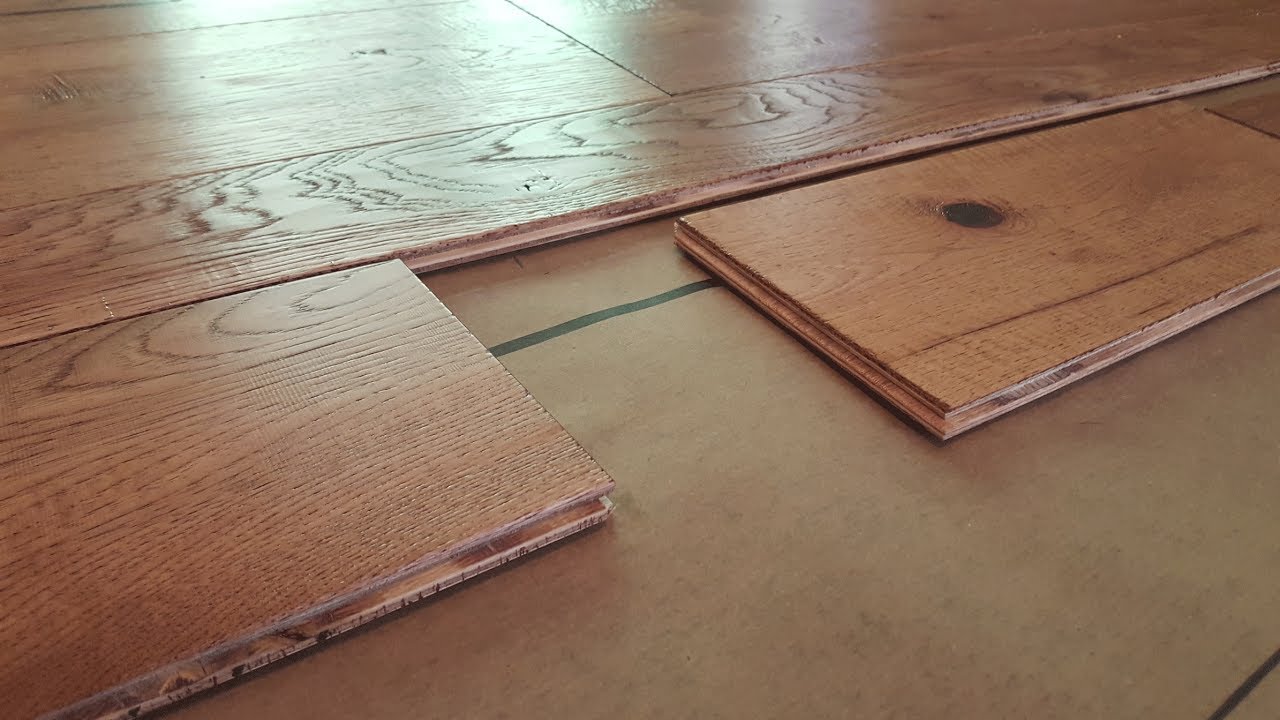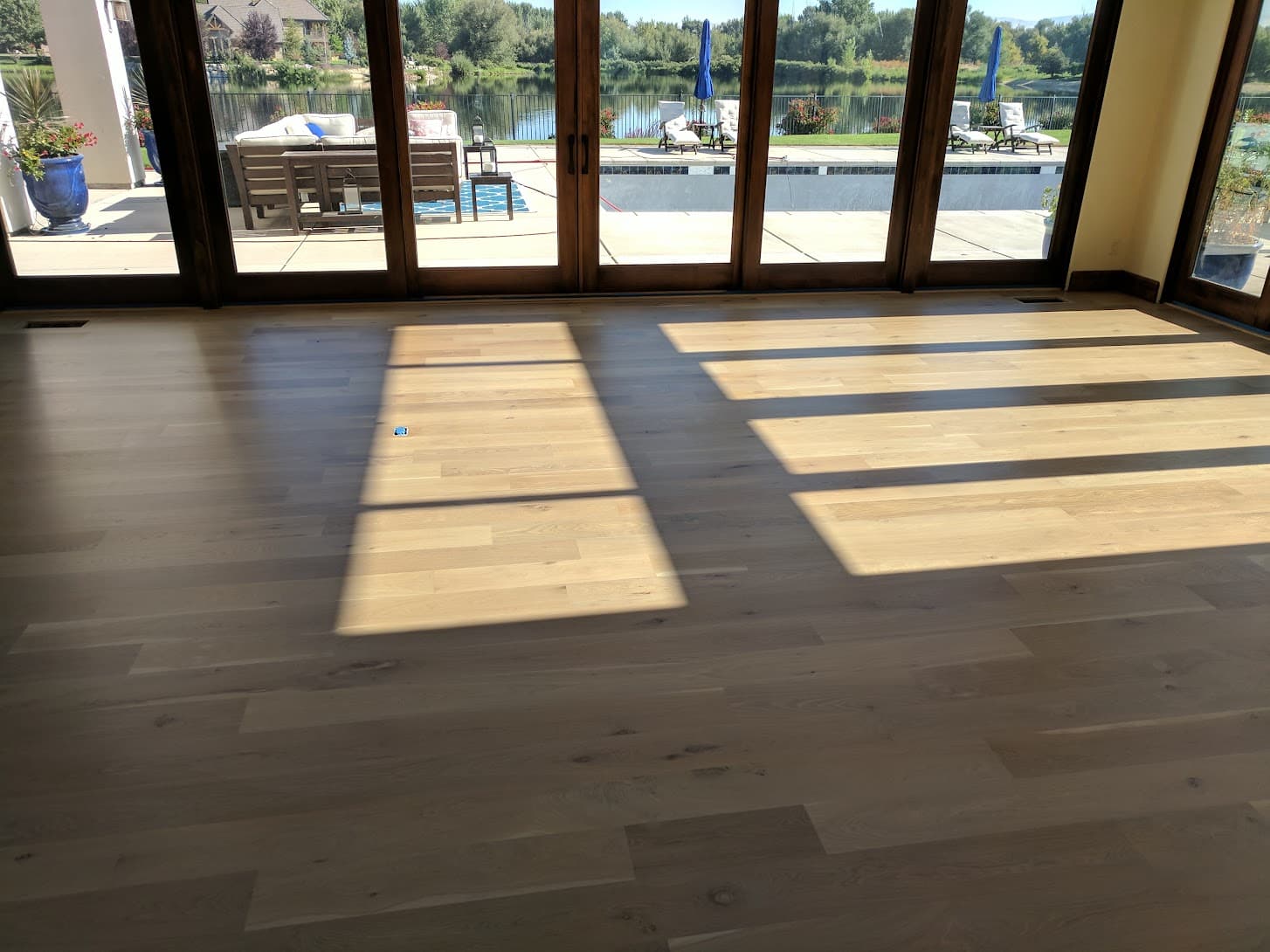Overview of What Hardwood Is
Hardwood flooring is a popular choice for many homeowners due to its durability, aesthetic appeal, and timeless quality. There are several types of hardwood flooring, each with unique properties:
- Solid Hardwood: Traditional hardwood flooring made from single pieces of wood.
- Prefinished Hardwood: Hardwood that is sanded, stained, and sealed in a factory setting before installation.
- Engineered Hardwood: Comprises a thin layer of hardwood on top of a base of high-quality plywood, enhancing stability.
All Wood Products are Susceptible to Moisture
Like almost all products that are organic, wood is susceptible to moisture. This fundamental characteristic impacts all types of hardwood flooring in various ways:
- Influence of Humidity and Water: Hardwood absorbs moisture from the air and any liquid spills. This absorption can lead to swelling, while a decrease in moisture can cause shrinking.
- Movement Due to Moisture: Wood naturally expands and contracts in response to moisture changes. This is often more pronounced in solid hardwood.
- Engineered Hardwood and Moisture: While engineered hardwood is slightly less susceptible to moisture due to its plywood core, it is not immune to the effects of humidity and water.
- Coefficient of Movement: The term ‘coefficient of movement’ refers to the rate at which wood expands or contracts with changes in moisture. Wider planks tend to show more movement.
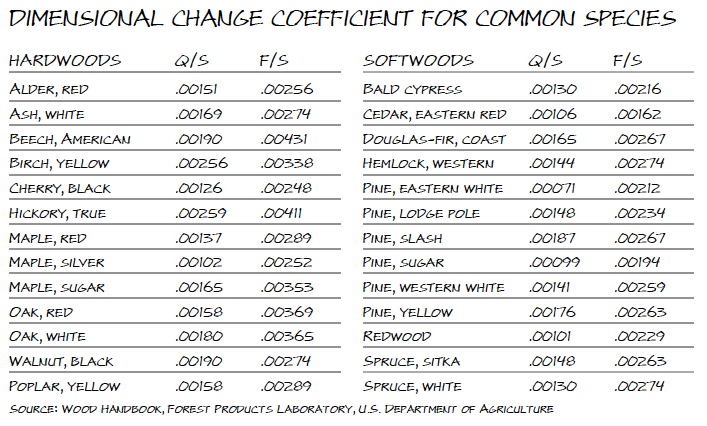
Hardwood Flooring Finish and the Question “Is Hardwood Flooring Waterproof?”
When considering the question, “Is hardwood flooring waterproof?”, it’s essential to understand the role of finishes and underlayments:
- Permeability of Finishes: All finishes, whether oil or water-based, allow some degree of moisture transfer. They are designed to let the wood ‘breathe’ while offering protection.
- Misconceptions about Old Floors: The belief that older hardwood floors were impermeable to water is a myth. In reality, these floors also allowed moisture transfer but at a controlled rate.
- Importance of Wood Breathing: If wood does not breathe, it can lead to the formation of a microclimate underneath the finish, potentially causing damage.
- Moisture Barriers: Moisture Barriers are used not to block moisture entirely but to moderate its impact on the wood.
Subfloor and Water/Moisture
The interaction between the subfloor and moisture plays a crucial role in the overall performance of hardwood flooring:
- Impact on Subfloors: Regardless of the flooring type (like luxury vinyl flooring), if the subfloor gets wet, it can lead to mold growth and structural issues.
- Water in Living Environments: Persistent water presence in any part of a home, including under flooring, is detrimental. Flooring should allow for some level of moisture evaporation.
- Consequences of Excessive Water: Excessive water exposure can damage not just the hardwood flooring but also necessitate the replacement of subfloors.
Conclusion to “Is Hardwood Flooring Waterproof?”
In summary, while hardwood flooring offers many benefits, it is not waterproof. Whether solid, prefinished, or engineered, all hardwood floors are susceptible to moisture and water damage to varying degrees. The finishes and underlayments used with hardwood floors are designed to allow the wood to breathe while moderating moisture impact, not to create a waterproof barrier. Therefore, when choosing flooring, it’s essential to consider the typical moisture levels in your home and select a product that can handle these conditions while understanding that no hardwood flooring is completely impervious to water.


